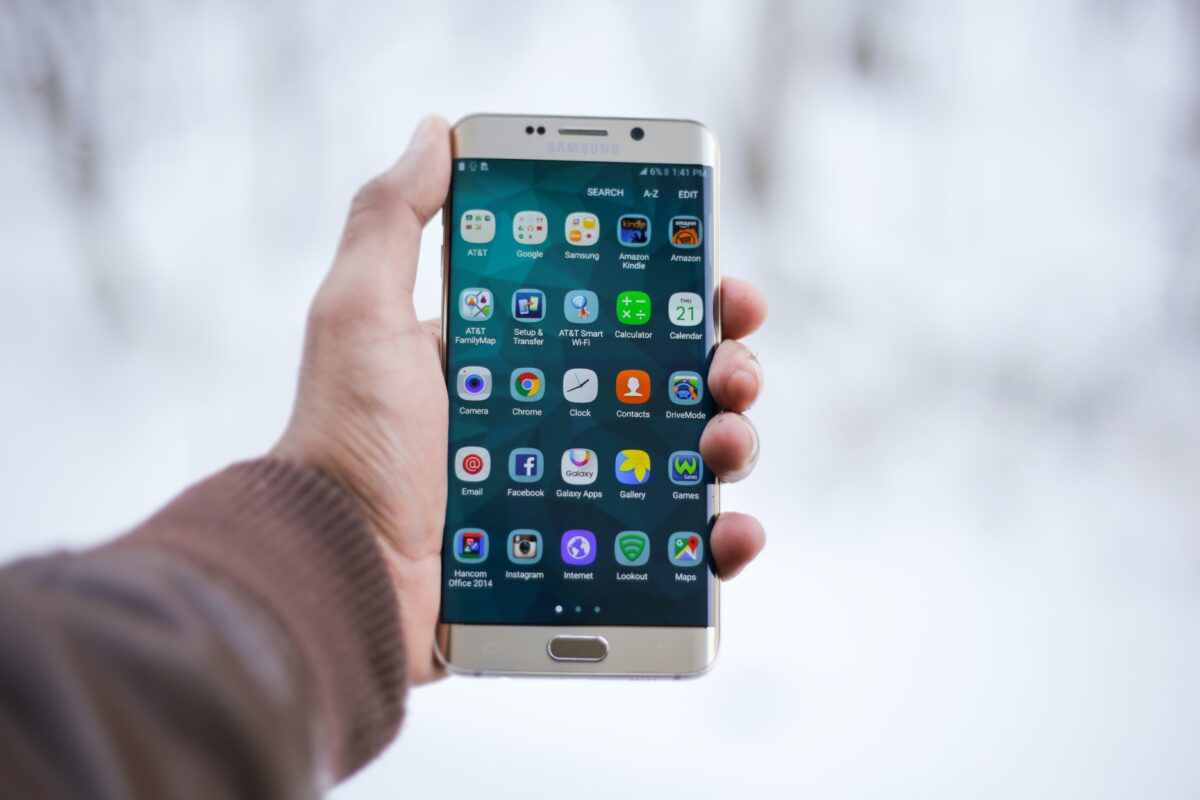Mobile internet browsing isn’t just the future. It’s the present. You must have a mobile-friendly presence. In 2020, 274.7 million people in the U.S. accessed the internet through a mobile device. This means that about 83 percent of Americans are mobile internet users. You can … Continue reading “16 tips for a mobile-friendly website that you can’t ignore”
Push notification strategy in the works? Here’s what you should consider
Push notifications have come a long way since first being introduced by Apple in 2009. If you have an app, they should be a thought-out piece of your overall marketing strategy in this climate of online noise. Below are eight things you should consider when … Continue reading “Push notification strategy in the works? Here’s what you should consider”
5 strategies to increase sales with your mobile app
If your business has a mobile app, you have additional opportunities to both engage with your customers and increase overall sales. Mobile apps are powerful tools. About 49 percent of consumers open an app more than 11 times each day, and about 70 percent of … Continue reading “5 strategies to increase sales with your mobile app”
How to leverage mobile apps in boosting sales and business efficiency
Whether you’re new or you’ve been around for a while, developing a mobile app for your business can help you stay ahead of the competition, boost operations, and skyrocket your sales. Mobile apps have this transformative power because they can keep users (your customers) engaged … Continue reading “How to leverage mobile apps in boosting sales and business efficiency”
8 tips for optimizing your business marketing with mobile commerce
In the digital era, mobile devices have become an integral part of our daily lives, profoundly influencing how businesses connect with consumers. Mobile commerce, or m-commerce, offers a dynamic platform for businesses to engage their audience, drive sales, and build lasting relationships. With the rise … Continue reading “8 tips for optimizing your business marketing with mobile commerce”
Explore 9 Creative QR Code Examples
In this article we’re going to look at some QR code examples and how you can use them in your marketing. But first, let’s take a look at what exactly is a QR code? What is a QR code? QR stands for Quick Response, and … Continue reading “Explore 9 Creative QR Code Examples”
6 reasons why mobile optimization matters to your business
These days, the mobile optimization of most websites goes without question. Mobile devices (excluding tablets) generated about 52 percent of global website traffic as of 2020. By 2023 there will be 4.3 billion smartphone devices worldwide. And mobile internet usage is only growing. Gone are … Continue reading “6 reasons why mobile optimization matters to your business”
16 tips for a mobile-friendly website that you can’t ignore as a franchise
Mobile internet browsing isn’t just the future. It’s the present. You must have a mobile-friendly presence as a franchise business. In 2020, 274.7 million people in the U.S. accessed the internet through a mobile device. This means that about 83 percent of Americans are mobile … Continue reading “16 tips for a mobile-friendly website that you can’t ignore as a franchise”
6 reasons why mobile optimization matters to your franchise
These days, the mobile optimization of most websites goes without question. Even for your franchise. Mobile devices (excluding tablets) generated about 55 percent of website traffic, consistently hovering around the 50 percent mark since the beginning of 2017. And mobile internet usage is only growing. … Continue reading “6 reasons why mobile optimization matters to your franchise”
Mobile SEO: What it is and 6 best practices
The internet (and the world) is becoming increasingly mobile, so businesses must consider mobile search engine optimization (SEO) as part of their overall marketing strategy. About 52 percent of all page views worldwide are mobile, while about 64 percent of all Google organic search traffic … Continue reading “Mobile SEO: What it is and 6 best practices”
14 expert tips to improve your mobile marketing
Mobile has revolutionized the way we do business. And the strength of our mobile marketing can make or break a company. Mobile marketing is the adaptation of your marketing efforts to reach users through their mobile devices. This matters because about half of consumers shop … Continue reading “14 expert tips to improve your mobile marketing”
7 tips to write an effective push notification
In the noisy landscape of social media, internet browsing and text messages, writing an effective push notification that engages your audience is critical. While DailyStory is one of several platforms that offer the ability to send push notifications, the point of using them is to … Continue reading “7 tips to write an effective push notification”












